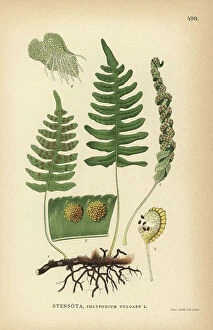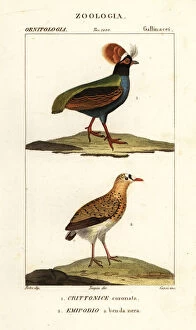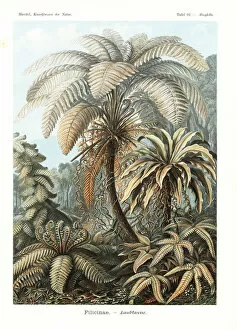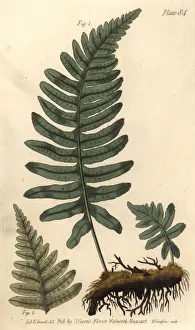Polypodium Collection
Polypodium, also known as the male polypody fern or Polypodium filix mas, is a fascinating plant that belongs to the Filicinae family
All Professionally Made to Order for Quick Shipping
Polypodium, also known as the male polypody fern or Polypodium filix mas, is a fascinating plant that belongs to the Filicinae family. This species of fern has captured the attention of many nature enthusiasts and scientists alike due to its unique characteristics. One interesting aspect is its ability to adapt and thrive in various environments. Whether it's found in dense forests or rocky terrains, this resilient fern can be spotted flourishing in different habitats around the world. Its versatility makes it a true survivor among other plants. The beauty extends beyond its physical appearance. It plays an essential role in providing shelter and sustenance for various creatures within its ecosystem. For instance, crested partridges and buttonquails often seek refuge under the protective fronds of this fern, finding safety from predators and adverse weather conditions. But Polypodium's significance doesn't end there; it also holds historical value. Fossil records indicate that this ancient plant has been thriving on Earth for millions of years. The fossilized remains serve as evidence of its existence during prehistoric times when dinosaurs roamed our planet. Another notable member of the Polypodium family is Athyrium filix femina, commonly known as lady fern. Both Lady Fern and Male Shield Fern (Dryopteris filix-mas) share similarities with Polypodium but possess their own distinct features that make them stand out among other members of Filices. Throughout history, artists have been captivated by the beauty vulgare or rockcap ferns. Their intricate fronds have inspired numerous illustrations and engravings depicting their delicate structure with great precision. Jan Swammerdam, a renowned Dutch naturalist from the 17th century, made significant observations regarding sporangia (spores) present on these remarkable plants' fronds – shedding light on their reproductive cycle and contributing valuable knowledge to the scientific community.




















